
Better, Faster, Lighter Java Bruce Tate, Justin Gehtland
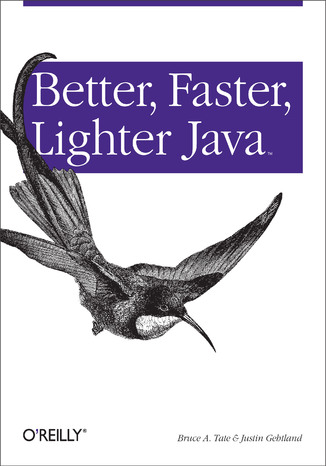



- Autorzy:
- Bruce Tate, Justin Gehtland
- Wydawnictwo:
- O'Reilly Media
- Ocena:
- Stron:
- 266
- Dostępne formaty:
-
ePubMobi
 opcje wysyłki »
opcje wysyłki »
Opis
książki
:
Better, Faster, Lighter Java
Sometimes the simplest answer is the best. Many Enterprise Java developers, accustomed to dealing with Java's spiraling complexity, have fallen into the habit of choosing overly complicated solutions to problems when simpler options are available. Building server applications with "heavyweight" Java-based architectures, such as WebLogic, JBoss, and WebSphere, can be costly and cumbersome. When you've reached the point where you spend more time writing code to support your chosen framework than to solve your actual problems, it's time to think in terms of simplicity.In Better, Faster, Lighter Java, authors Bruce Tate and Justin Gehtland argue that the old heavyweight architectures are unwieldy, complicated, and contribute to slow and buggy application code. As an alternative means for building better applications, the authors present two "lightweight" open source architectures: Hibernate--a persistence framework that does its job with a minimal API and gets out of the way, and Spring--a container that's not invasive, heavy or complicated.Hibernate and Spring are designed to be fairly simple to learn and use, and place reasonable demands on system resources. Better, Faster, Lighter Java shows you how they can help you create enterprise applications that are easier to maintain, write, and debug, and are ultimately much faster.Written for intermediate to advanced Java developers, Better, Faster, Lighter Java, offers fresh ideas--often unorthodox--to help you rethink the way you work, and techniques and principles you'll use to build simpler applications. You'll learn to spend more time on what's important. When you're finished with this book, you'll find that your Java is better, faster, and lighter than ever before.
Wybrane bestsellery
O'Reilly Media - inne książki
Dzięki opcji "Druk na żądanie" do sprzedaży wracają tytuły Grupy Helion, które cieszyły sie dużym zainteresowaniem, a których nakład został wyprzedany.
Dla naszych Czytelników wydrukowaliśmy dodatkową pulę egzemplarzy w technice druku cyfrowego.
Co powinieneś wiedzieć o usłudze "Druk na żądanie":
- usługa obejmuje tylko widoczną poniżej listę tytułów, którą na bieżąco aktualizujemy;
- cena książki może być wyższa od początkowej ceny detalicznej, co jest spowodowane kosztami druku cyfrowego (wyższymi niż koszty tradycyjnego druku offsetowego). Obowiązująca cena jest zawsze podawana na stronie WWW książki;
- zawartość książki wraz z dodatkami (płyta CD, DVD) odpowiada jej pierwotnemu wydaniu i jest w pełni komplementarna;
- usługa nie obejmuje książek w kolorze.
Masz pytanie o konkretny tytuł? Napisz do nas: sklep@helion.pl
Książka drukowana



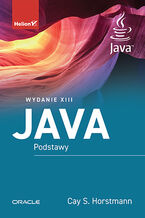
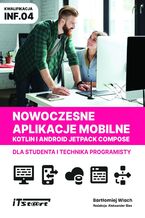

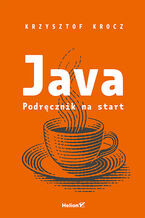
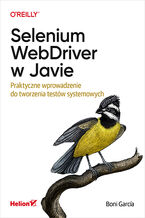
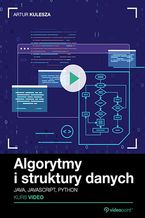
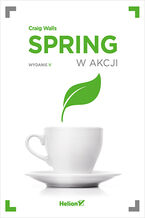
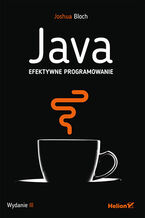
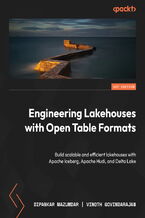







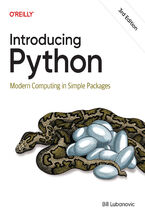
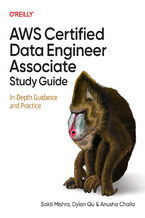
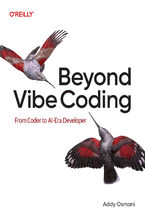
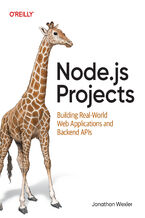

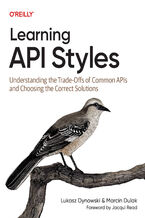
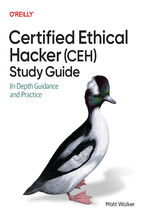
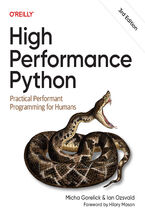
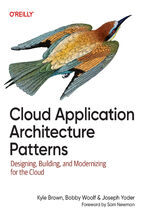
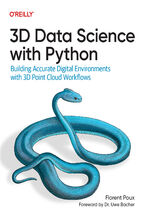



Oceny i opinie klientów: Better, Faster, Lighter Java Bruce Tate, Justin Gehtland
(0)